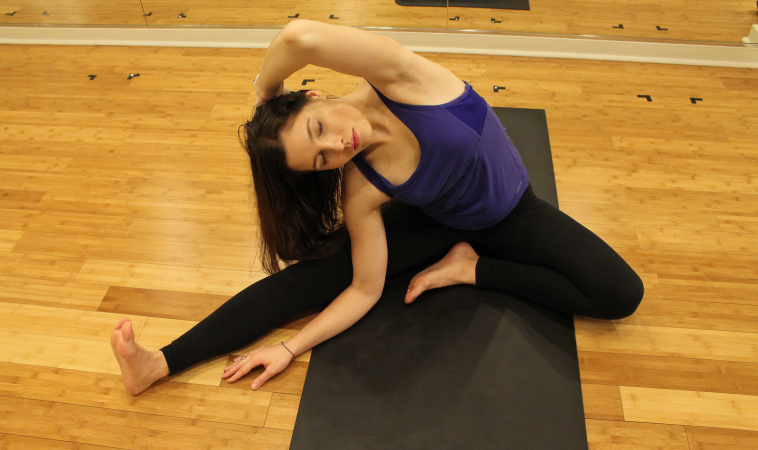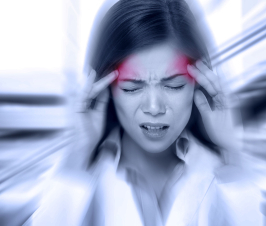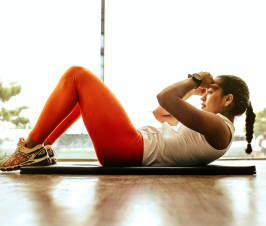Elena Jutai, ND
Pesky low back pain is one of the most common reasons to visit a primary care doctor. All too often we reach into the cabinet for our quick fix pain killers. While these may help with pain in the short term, it is important to consider that the root cause of low back pain is often much deeper.
Why yoga can help
We need to remember that our body is designed to move. The spine moves in 4 main ways: forward bending (flexion), backward bending (extension), twisting (rotation), and side bending (lateral flexion). Yoga utilizes all 4 movements of the spine and provides an opportunity to prevent and help heal low back pain by stabilizing the spine through active muscle contraction and passive stretches for tight muscles. As a yoga teacher, I often see students with what I call “slumpasana” – poor posture, weak abdominal and back muscles, and an overall lack of body awareness. All of which contributes to the perfect conditions for low back pain.
Review of literature
The Clinical Journal of Pain published a systematic review in 2013 that showed strong evidence for short-term and moderate evidence for long-term reduction of low back pain and back-specific disability after yoga interventions’.1
Yoga therapy is a specifically designed yoga practice for individuals and their specific health concerns.
The Journal of Back and Musculoskeletal Rehabilitation compared yoga therapy and normal medical treatment of disc extrusions and bulges in nonspecific low back pain and sciatica. The randomized controlled trial was made up of 61 adults aged 20-45 with nonspecific low back pain or sciatica, and disc protrusions or bulges. 30 participants were randomised to yoga and 31 to normal medical care- in most cases this consisted of advice to take pain killers and non-steroidal anti-inflammatory drugs. Yoga entailed a 3 month course of group classes and home practice, specifically designed to ensure safety. The end results concluded that yoga therapy can benefit both sciatica and nonspecific low back pain, provided that precautions are taken.2
Precautions: Before choosing to include yoga as a complementary therapy for your low back pain, it is important to consult a proper healthcare professional about your health concerns and to clarify contraindications. Not all yoga asanas are meant for everyone. Notably back bending and forward bending must be modified or avoided altogether if you have disk disease, spinal stenosis, sacroiliac dysfunction, spondylolysis, spondylolisthesis, and sciatica. For a safer yoga practice communicate with your yoga teacher so they are aware of your health concerns. Ultimately, it is the student’s responsibility for what they choose to do in their yoga practice. Remember to listen to your body and modify where necessary.
The tension, soreness, and stiffness experienced with low back pain can be relieved through a simple yoga practice.
Here are 5 asanas that combat low back pain
Click the arrows to move through the slideshow.
How to find a qualified yoga teacher: It is important that your yoga teacher has the proper training credentials. Are they accredited from the Canadian Yoga Alliance, Yoga Alliance, or other institution? Are they aware of your injuries or limitations to your yoga practice? You should always feel safe in a yoga class, where the teacher is able to provide modifications and assists where necessary. If you have the extra funds it is definitely worth while having a yoga teacher design a private yoga class to meet your individual health needs.
References:
- Cramer H, Lauche R, Haller H, Dobos G. A systematic review and meta-analysis of yoga for low back pain. Clin J Pain.2013 May;29(5):450-60. doi: 10.1097/AJP.0b013e31825e1492.
- Monro R, Bhardwaj AK, Gupta RK, Telles S, Allen B, Little P. Disc extrusions and bulges in nonspecific low back pain and sciatica: Exploratory randomised controlled trial comparing yoga therapy and normal medical treatment. J Back Musculoskelet Rehabil.2015;28(2):383-92. doi: 10.3233/BMR-140531.























